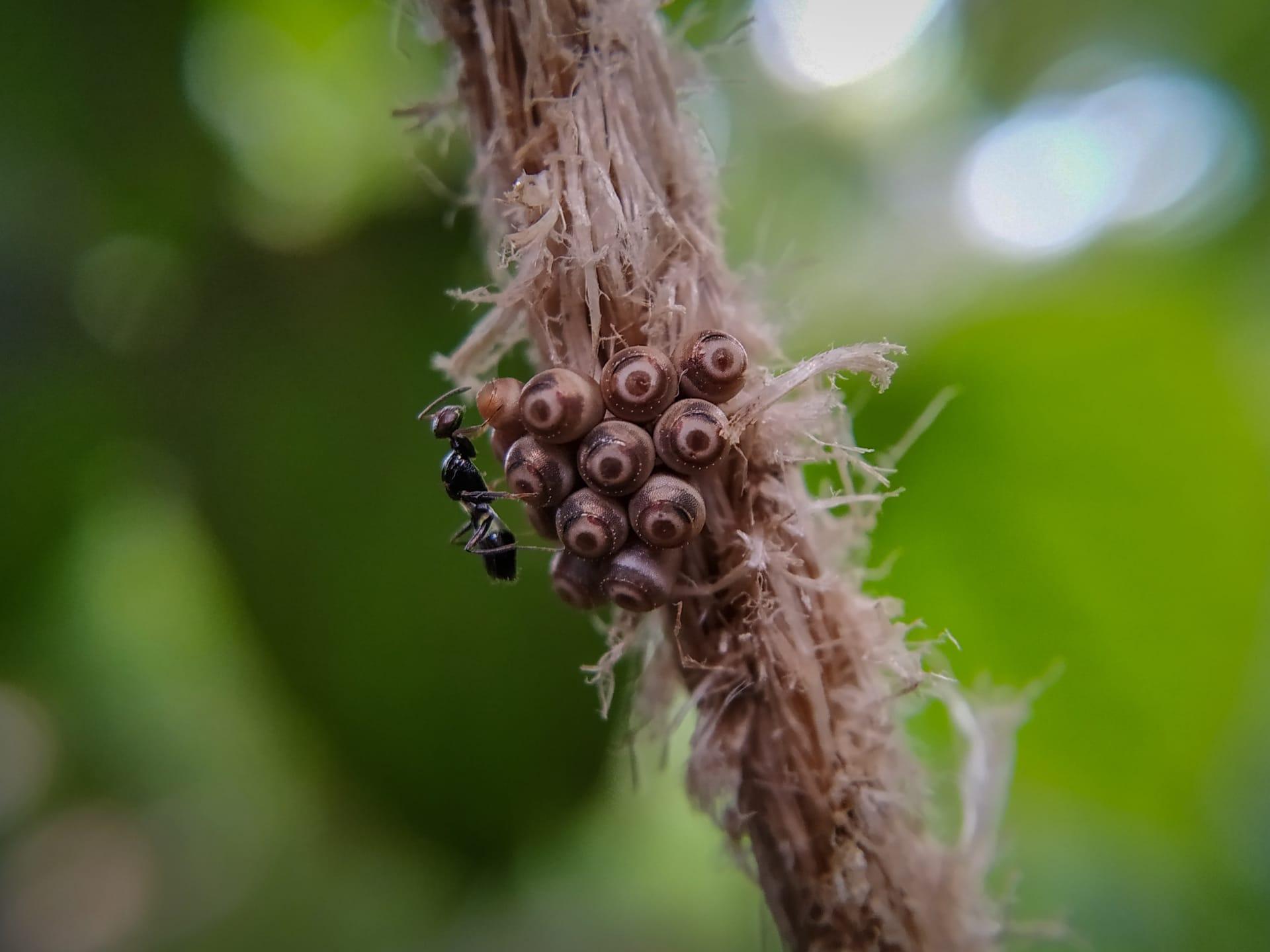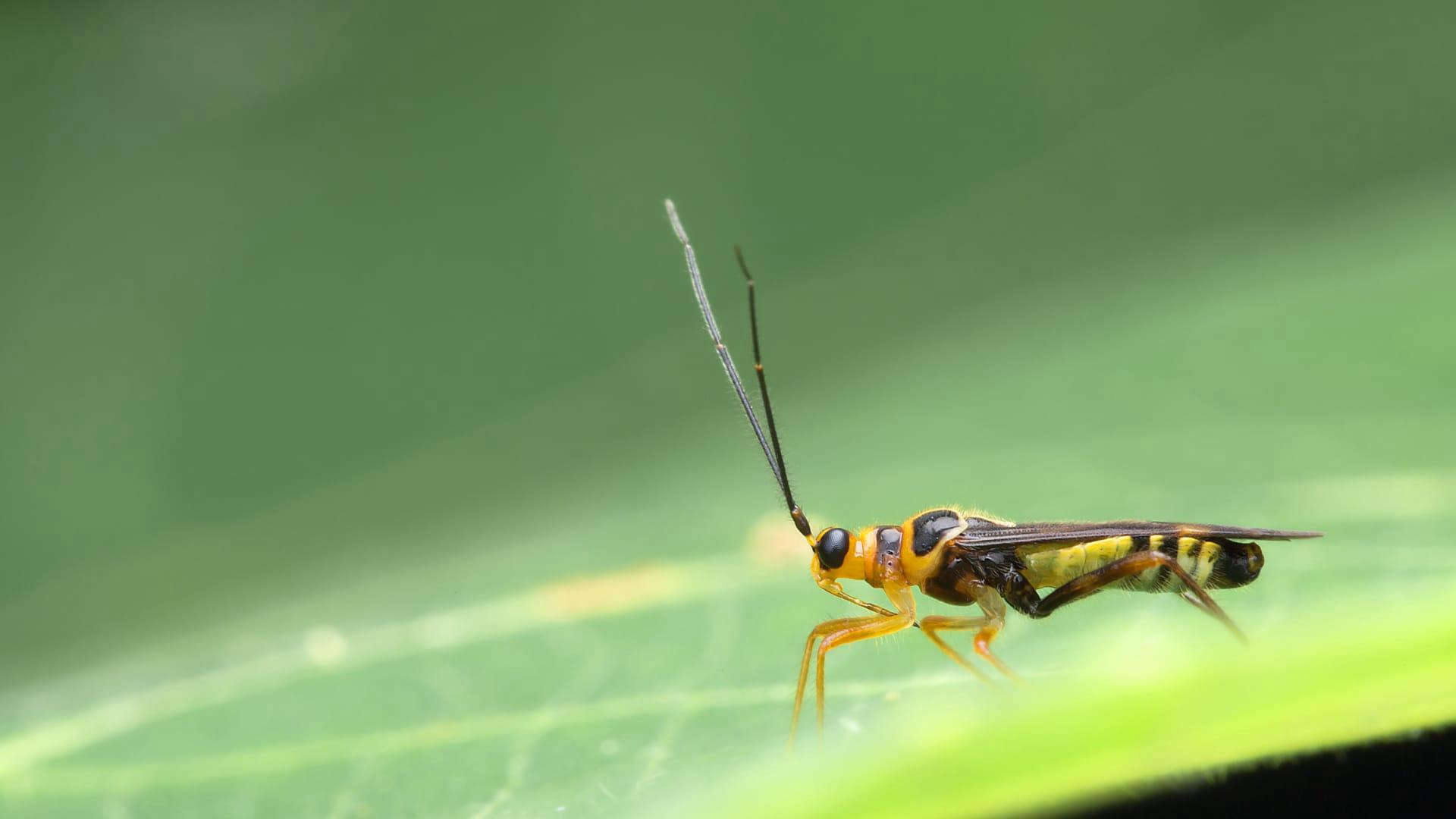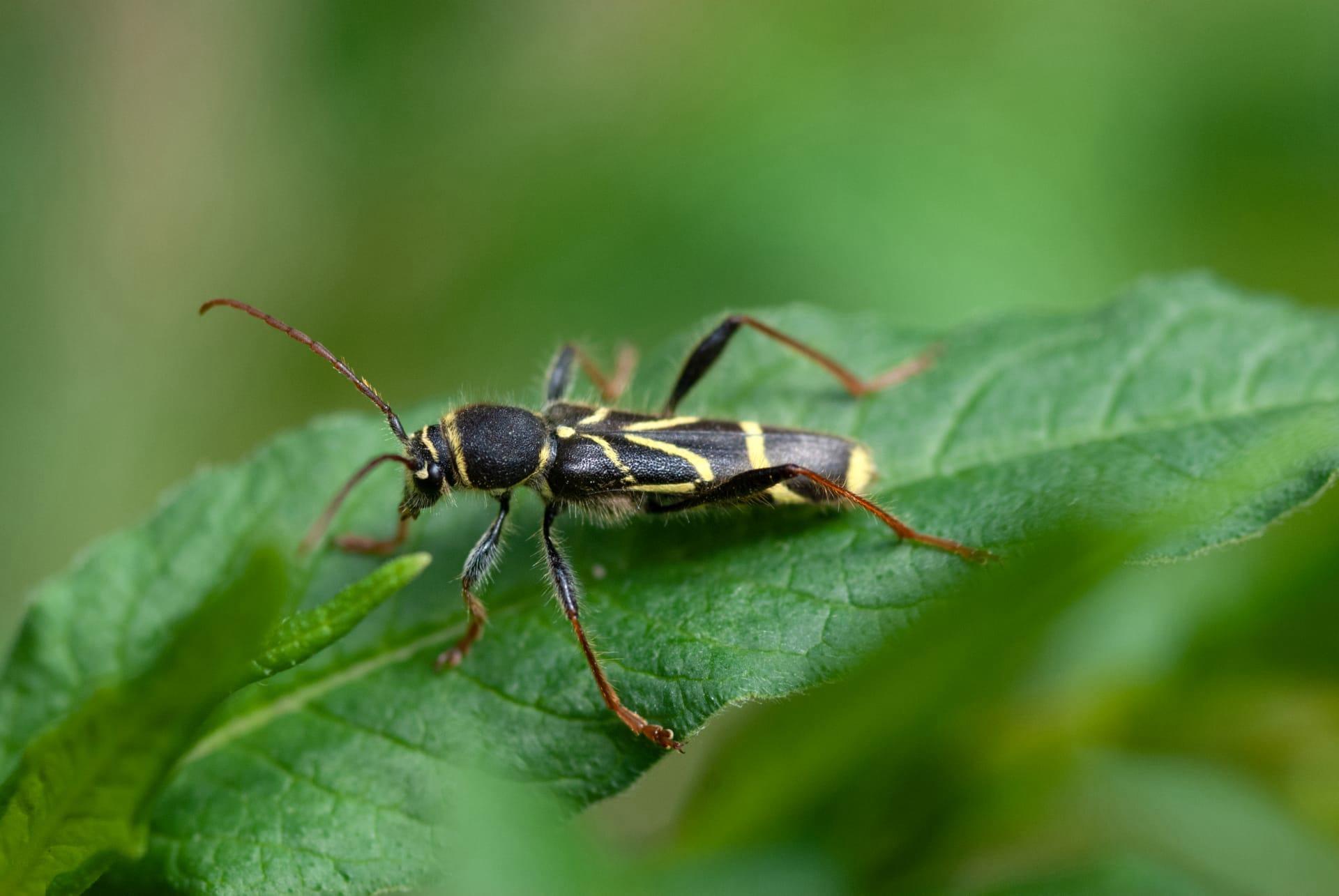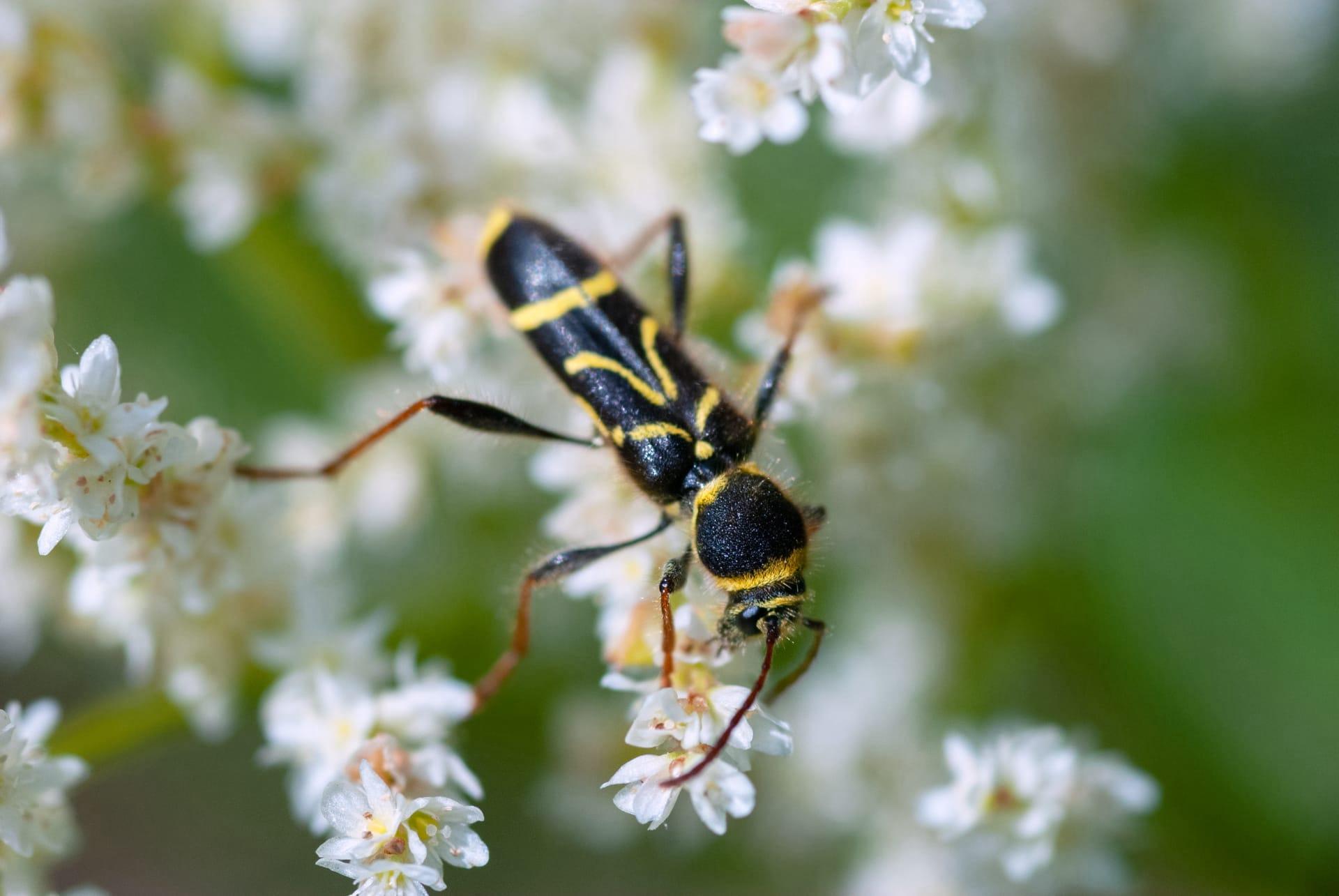Parasitic Wasp Characteristics
- Home /
- Mini Encyclopedia /
- Animal /
- Parasitic Wasp Characteristics
1
Parasitic wasps, a fascinating group of insects, exhibit a range of sizes, typically measuring from a mere 0.1 inches (2.5 mm) to about 1.5 inches (4 cm) in length. Their lifespan varies, but most adult wasps live for a few days to a couple of weeks. However, their larval stage, spent inside a host, can last longer, depending on the host's lifecycle. These wasps possess an incredible organ, the ovipositor, which is not only their hallmark but also a marvel of nature. This specialized organ, often longer than their body, is used for laying eggs. The ovipositor is incredibly precise, allowing the wasp to deposit eggs inside or on the surface of a host, usually a caterpillar or larva of another insect. This organ is so fine-tuned that some wasps can even sense the internal movements of their host, ensuring successful parasitism.
Parasitic wasps have evolved an astounding organ: their venom gland. This gland produces venom that is used during the egg-laying process. When a wasp injects its eggs into a host, it also injects venom. This venom can manipulate the host's immune response, ensuring the survival of the wasp's offspring. In some species, the venom can even alter the host's behavior or physiology, turning it into a living shield that protects the developing wasp larvae. This fascinating adaptation showcases the complexity and precision of parasitic wasps in their reproductive strategies.

2
Question: Do parasitic wasps pose a danger to humans?
Answer: Generally, parasitic wasps are not harmful to humans. Unlike their more aggressive relatives like yellow jackets or hornets, parasitic wasps are usually non-aggressive and have little interest in humans. Their stingers, primarily used for egg-laying, are often not capable of penetrating human skin. Additionally, these wasps are beneficial in controlling pest populations, as they naturally target caterpillars and other insects that can be harmful to crops. Thus, while their appearance might be intimidating, they play a positive role in maintaining ecological balance and aiding agriculture.

3
Parasitic wasps exhibit intriguing movement characteristics. They are adept fliers, capable of navigating through various environments in search of hosts. Their flight patterns are often erratic, helping them evade predators. Some species demonstrate an ability to hover, a skill used while searching for hosts. In addition to flying, they are skilled at crawling into tight spaces, especially when searching for host larvae in crevices or plant matter.
The feeding habits of parasitic wasps vary between stages. Adult wasps primarily feed on nectar and other sugary substances, providing them with energy for flying and mating. In contrast, the larval stage is entirely different. After hatching from eggs laid in or on a host, the larvae feed on the host's body, consuming it from the inside. This gruesome yet fascinating process ensures the larvae receive all necessary nutrients for development, turning the host into a source of sustenance.

4
Parasitic wasps can be found in diverse environments, ranging from tropical rainforests to temperate gardens. They adapt well to various habitats, including agricultural fields, forests, and even urban areas. The key factor in their habitat preference is the availability of suitable hosts for their larvae. Thus, their distribution is closely tied to the presence of host species, which can vary widely depending on the ecological setting.
Reproduction in parasitic wasps is a unique process. Females typically lay their eggs in or on a host. This ensures that when the larvae hatch, they have immediate access to food. Some species are capable of reproducing asexually, a process known as parthenogenesis, where females produce offspring without mating. Other species have complex mating behaviors, often involving pheromones to attract mates. The reproductive strategies of these wasps are diverse, with some species laying a single egg, while others may lay dozens to hundreds of eggs in multiple hosts.

5
Book: "The Secret Life of Wasps" by Dr. Elizabeth Capaldi Evans, published in the United States in 2018. This book delves into the fascinating world of various wasp species, including parasitic wasps. Dr. Capaldi Evans, an entomologist, explores the intricate behaviors and ecological roles of these insects. The book is praised for its accessible language, making complex scientific concepts understandable to a general audience. It provides insights into the wasps' lifecycle, their impact on ecosystems, and their importance in biological control.
Book: "Wings of Death: The World of Parasitic Wasps" by Professor James Whitfield, published in the United Kingdom in 2021. Professor Whitfield, a renowned expert in the field of entomology, provides a comprehensive overview of parasitic wasps. The book covers various aspects of their biology, including their unique reproductive strategies, host interactions, and evolutionary history. It's a valuable resource for anyone interested in understanding the complexity and significance of these often-misunderstood creatures. Whitfield's engaging writing style brings the subject to life, making it an intriguing read for both scientists and non-scientists.